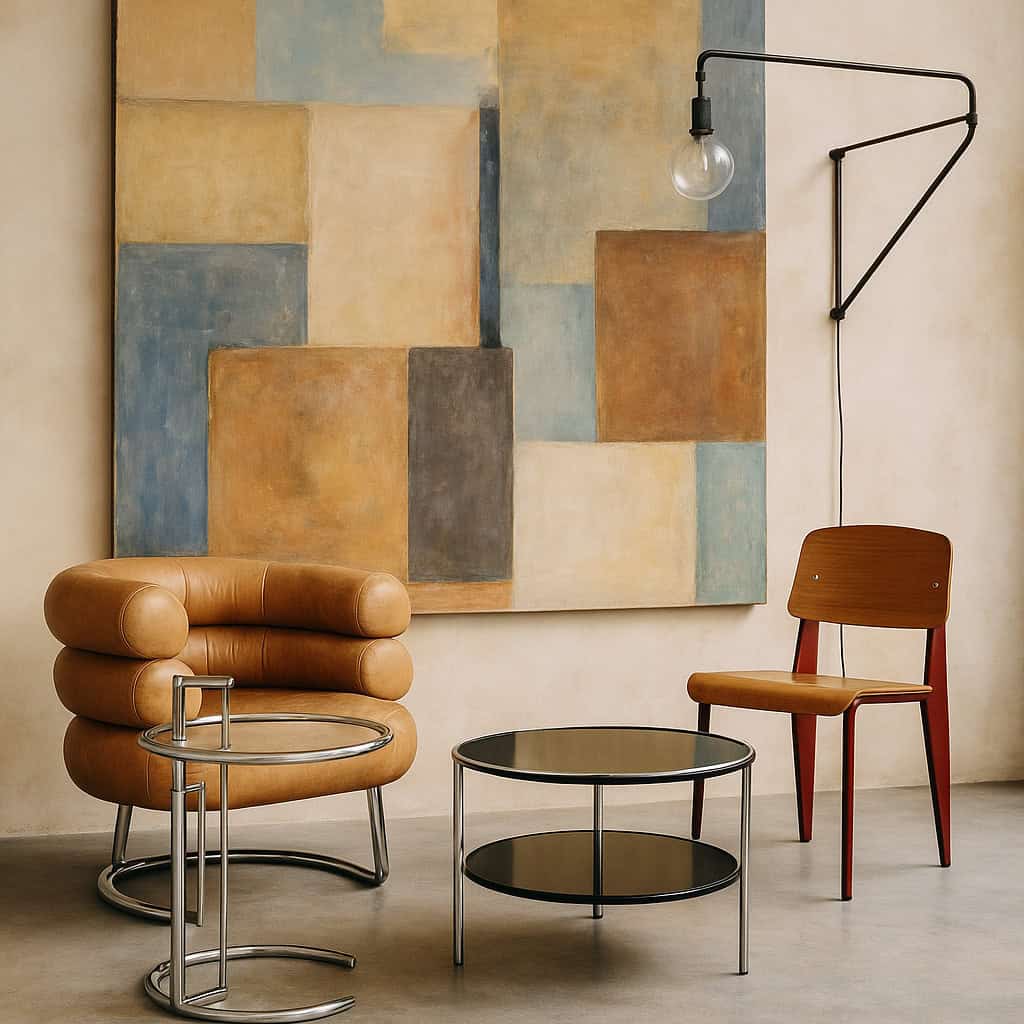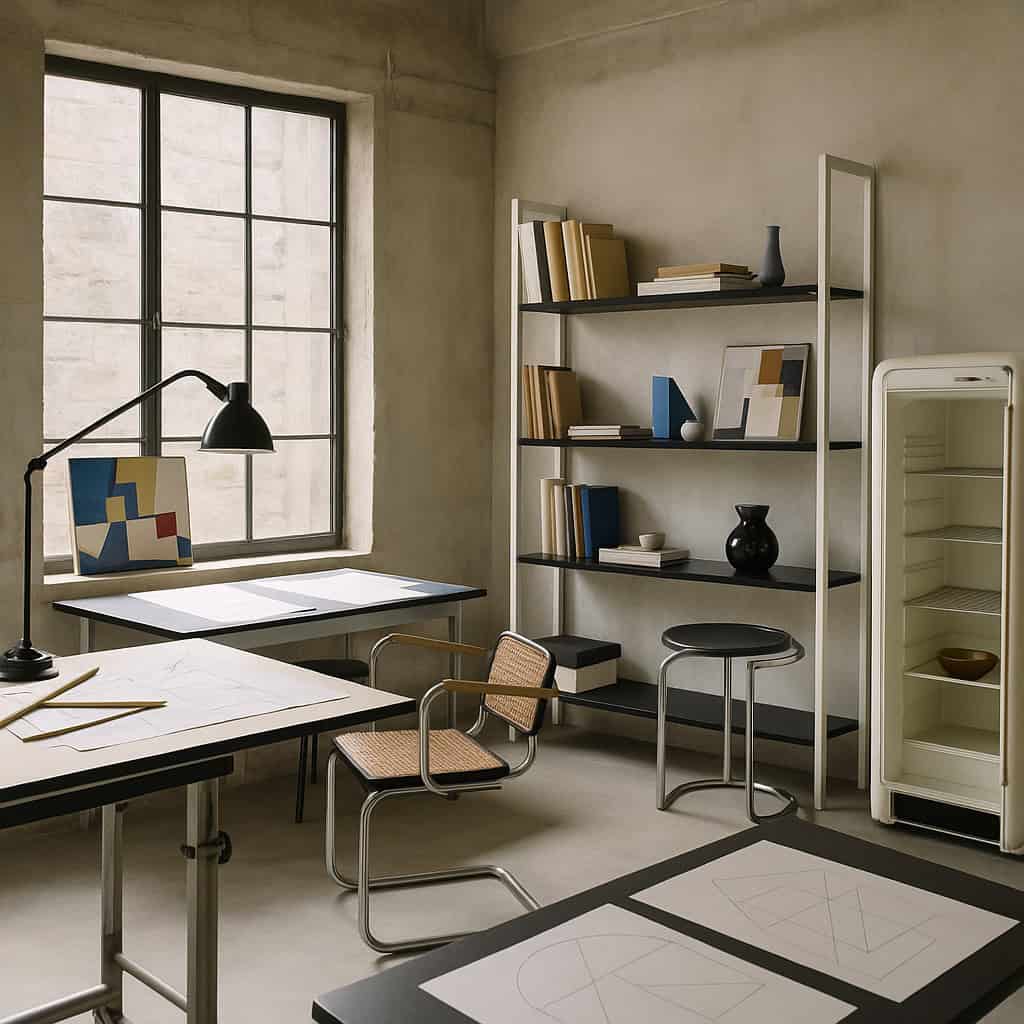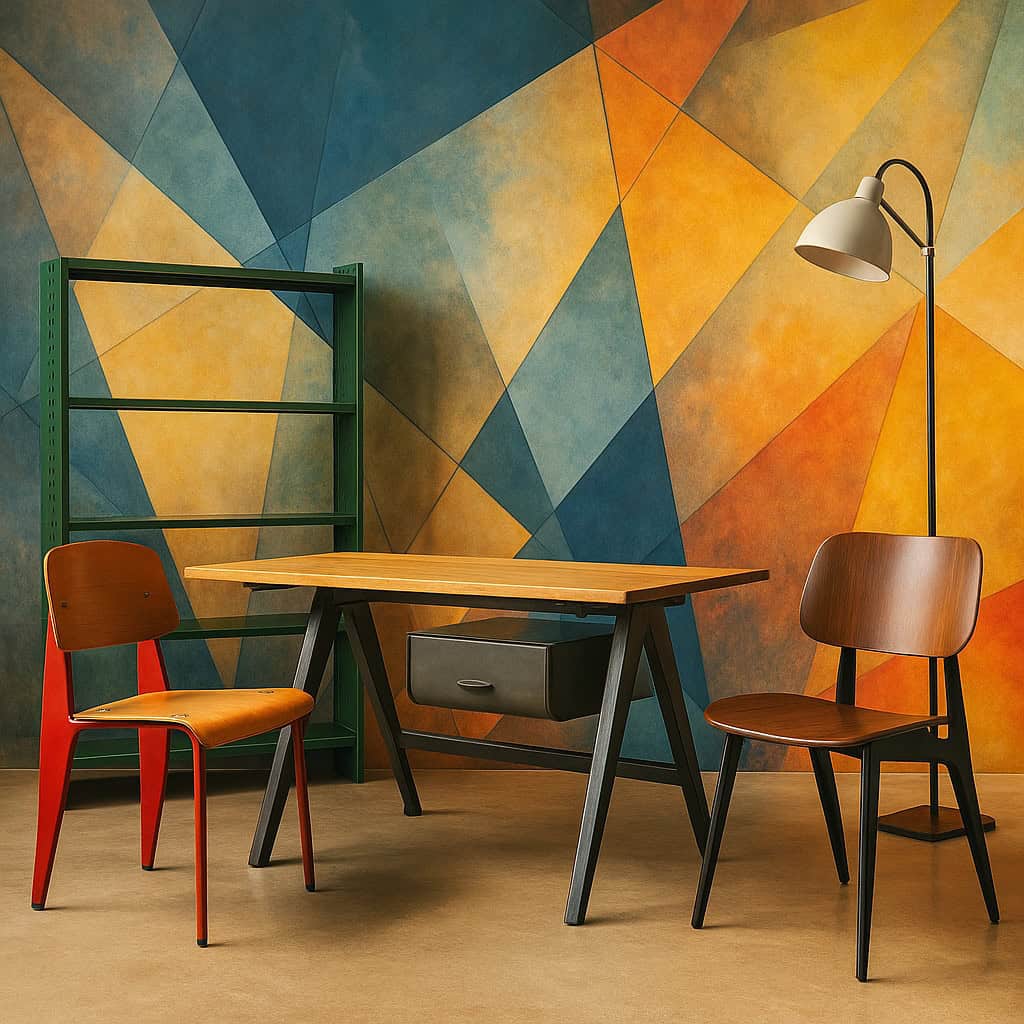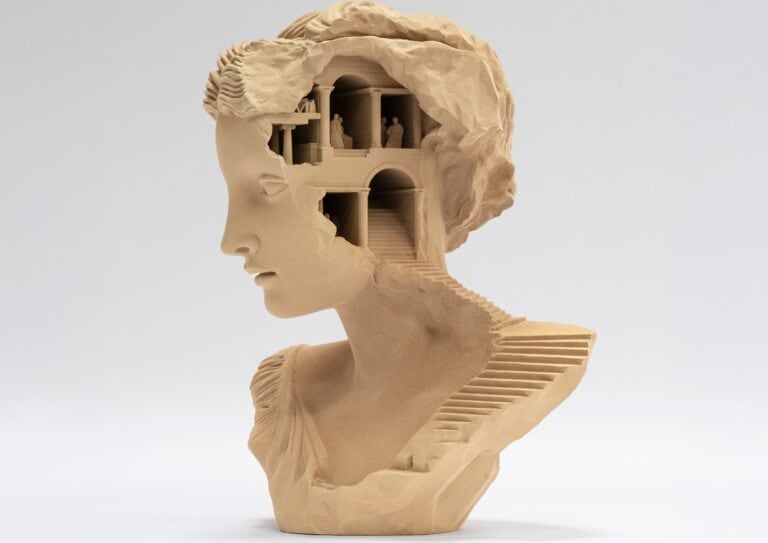
THE PRICE OF DESIGN
Marie Loire Moulin
THE PRICE OF DESIGN: Why success in design doesn’t mean survival. They shaped modern life, yet barely earned a living. Eileen Gray, Jean Prouvé, and many others laid the foundations of contemporary design. Their legacy is everywhere. But their reward? Often nothing. Even now, designers face the same trap: fame without fortune, ideas without funding, and a system that applauds but doesn’t pay. Viral success doesn’t feed the maker. And the industry still rewards everyone but the creator. Discover THE PRICE OF DESIGN.
WHEN VALUE DOESN’T PAY OFF
History celebrates Eileen Gray for her radical furniture and her modernist masterpiece, E-1027. Yet during her lifetime, critics overlooked her, male peers took the spotlight, and galleries barely sold her work. She died in obscurity, decades before the world finally recognized her genius. Jean Prouvé revolutionized prefab construction and industrial design. He built structures that still inspire today. Yet he lost control of his own company. Others claimed the profits, while his name stayed in the margins, until collectors brought him back into view.


The price of design isn’t just aesthetic. It’s the value of unseen labor, often borrowed, rarely credited. Visuals made with AI
VALUE LOST TO SYSTEMS
These are not isolated tragedies. They are symptoms of a recurring system. Throughout design history, brilliant minds have produced groundbreaking work, only to abandon it due to lack of resources. From Gray to Prouvé, the message is clear: if you don’t play by the rules, you pay. If you do, you often still don’t get paid.
THE INDUSTRY’S VALUE EXTRACTION MODEL
Today’s designers go viral on Instagram, TikTok, and Pinterest. They create chairs that get reposted, shape rooms that go global, and define aesthetics used in brand campaigns. However, behind the screen, many of them struggle to survive. Going viral doesn’t mean getting paid. Brands rarely offer licenses. Prototyping drains personal funds. Production remains out of reach. And too often, big brands copy without credit. Designers spend months crafting prototypes that end up shelved. They don’t own factories. They can’t afford mass production. Worse, they rarely retain rights to their own ideas. Meanwhile, manufacturers, retailers, and resellers collect the margins. In fact, the designer, the origin, the spark, the soul of the piece, gets shut out of the value chain. As a result, creativity fuels the system, but creators stay broke. Ultimately, the industry profits from innovation while sidelining its source.

RECLAIMING DESIGNER VALUE
Design is celebrated like art. But it must function like a business. That tension is brutal. Many creatives face a choice: stay independent or stay afloat. In many cases, they can’t afford both. Without investors, infrastructure, or protection, independent designers often burn out, or burn through their savings. Even the most visionary can’t survive on exposure. The deeper issue is ownership. Designers rarely hold rights to their work. Galleries, brands, and factories take over. The market celebrates aesthetics but forgets the author. In short: the system treats creators as fuel, not as partners.
REAL VALUE STARTS WITH CREDIT
Finally, the stories of Gray and Prouvé should make us pause. Why does the design world wait until it’s too late to support the very people who move it forward? The industry needs new models, ones that value creation at its root. Design isn’t just what we sit on, walk through, or post about. It’s someone’s vision, labor, risk, and legacy. Until we reward that, not just with praise but with pay, the cycle of brilliant bankruptcy will continue.
Did you enjoy THE PRICE OF DESIGN? Discover UTA TIGGESMEIER SCULPTING MYTH & METAMORPHOSIS
Share this post
Marie Loire Moulin approaches fashion as an immersive language—one that expresses identity, character, and cultural influence. Echoing Jean Cocteau’s observation that “Fashion is what goes out of fashion,” Moulin embraces the paradox at the heart of her craft. For her, fashion is a living, breathing art form—constantly deconstructed, reimagined, and reshaped in response to the world around it.
What fuels Marie Loire’s creativity is the ability to blend worlds—to explore the intersections of fashion, technology, history, and art. She is inspired by how these disciplines collide to generate experiences that are not only visually compelling, but also deeply purposeful.
Moulin is particularly drawn to artistic expressions that serve as bridges—linking cultures, fusing tradition with innovation. Sustainability, for her, is not a buzzword but a foundation. She sees it as a long-term commitment to thoughtful creation, not a passing aesthetic.
As a stylist working with actors on film sets, Marie Loire thrives on transforming a director’s vision into living, breathing characters. Through wardrobe and silhouette, she builds atmospheres that tell stories—stories of emotion, intention, and presence.
Her creative drive extends into virtual reality and immersive art, where she explores how emerging technologies can shift perception and spark connection across cultural boundaries. For Moulin, the digital realm is just another canvas—one that, when used with care, has the potential to resonate as powerfully as the physical world.
Whether on set or in virtual space, Marie Loire seeks originality and depth. Her work is marked by richly layered references, a reverence for detail, and a belief that fashion—at its best—can speak not just to the eye, but to the mind.
Read Next




